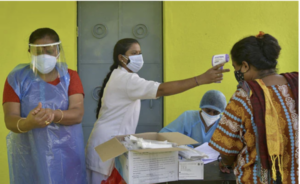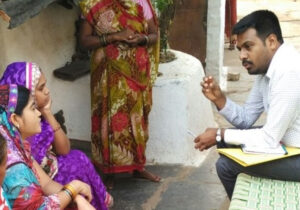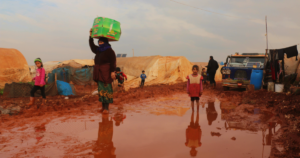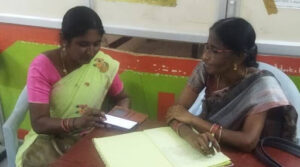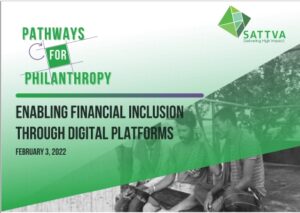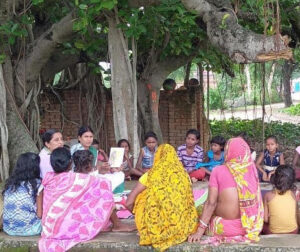
Participatory Learning and Action Approach: Jharkhand
Over the years, Jharkhand has made remarkable progress with respect to maternal and child health. In this article, a Sattva team member talks about his on field experience learning about and witnessing the implementation of the innovative PLA approach.
